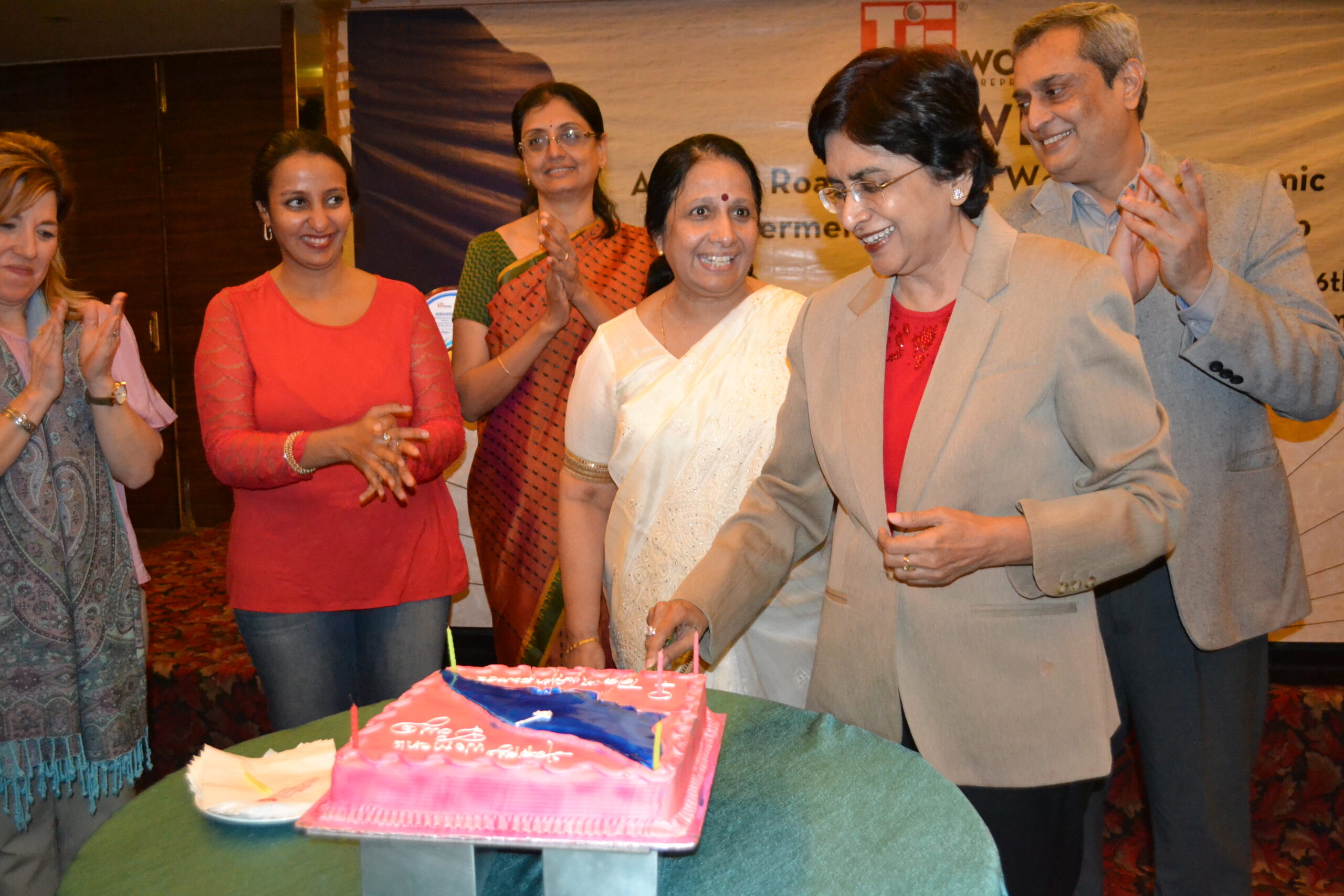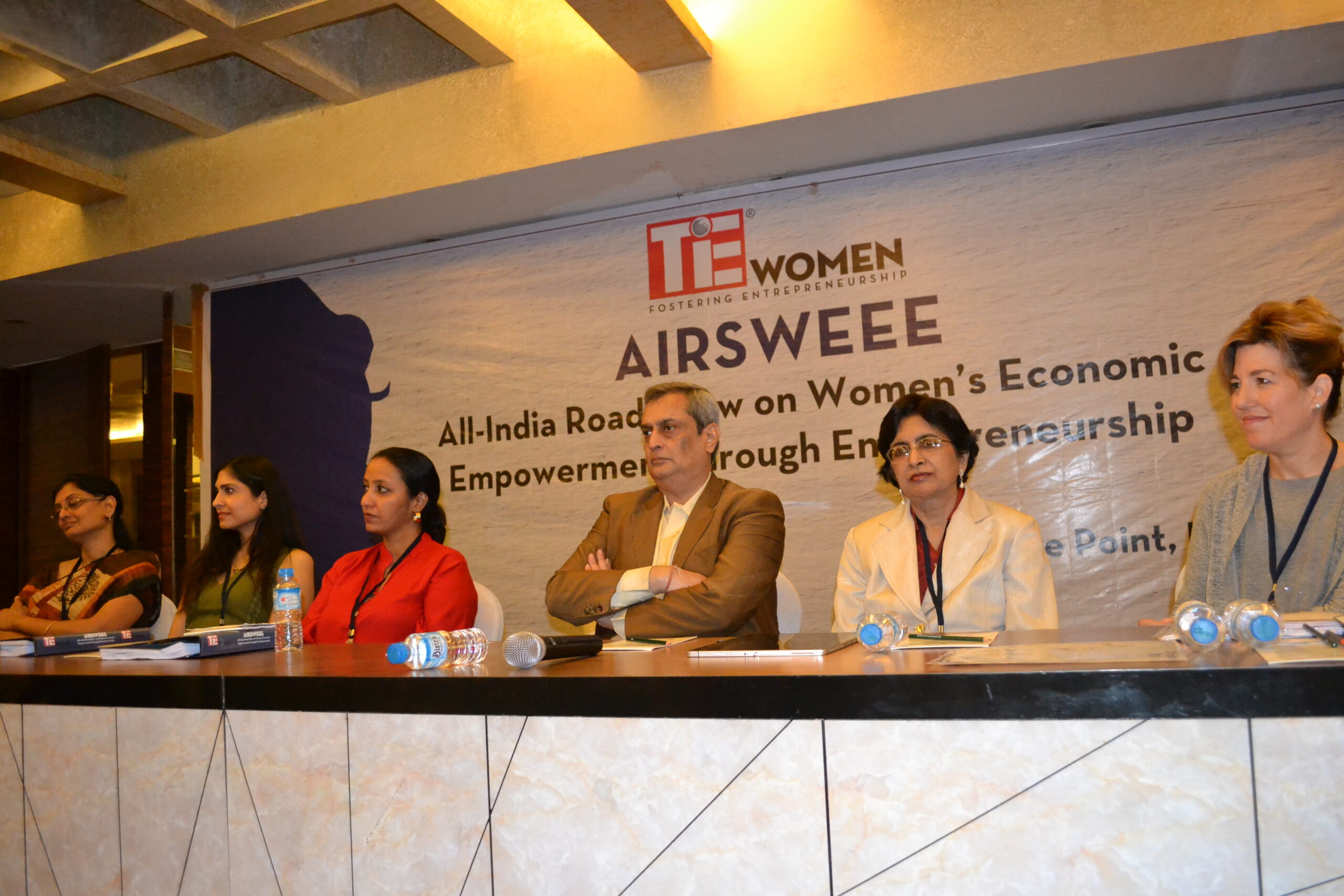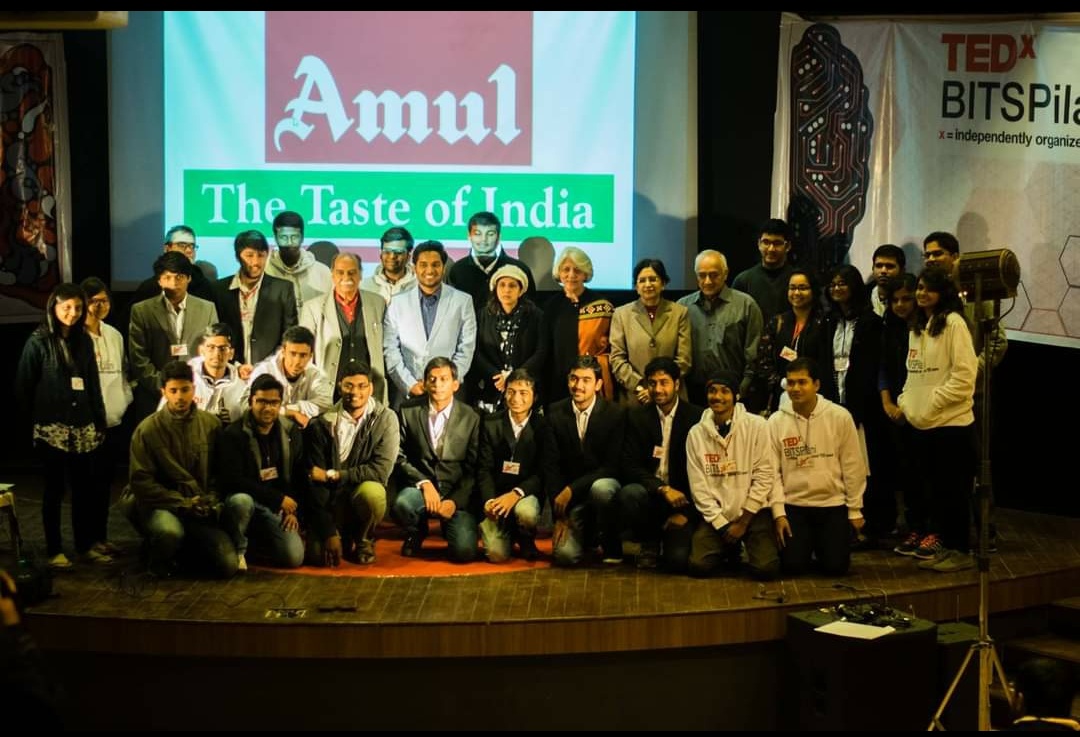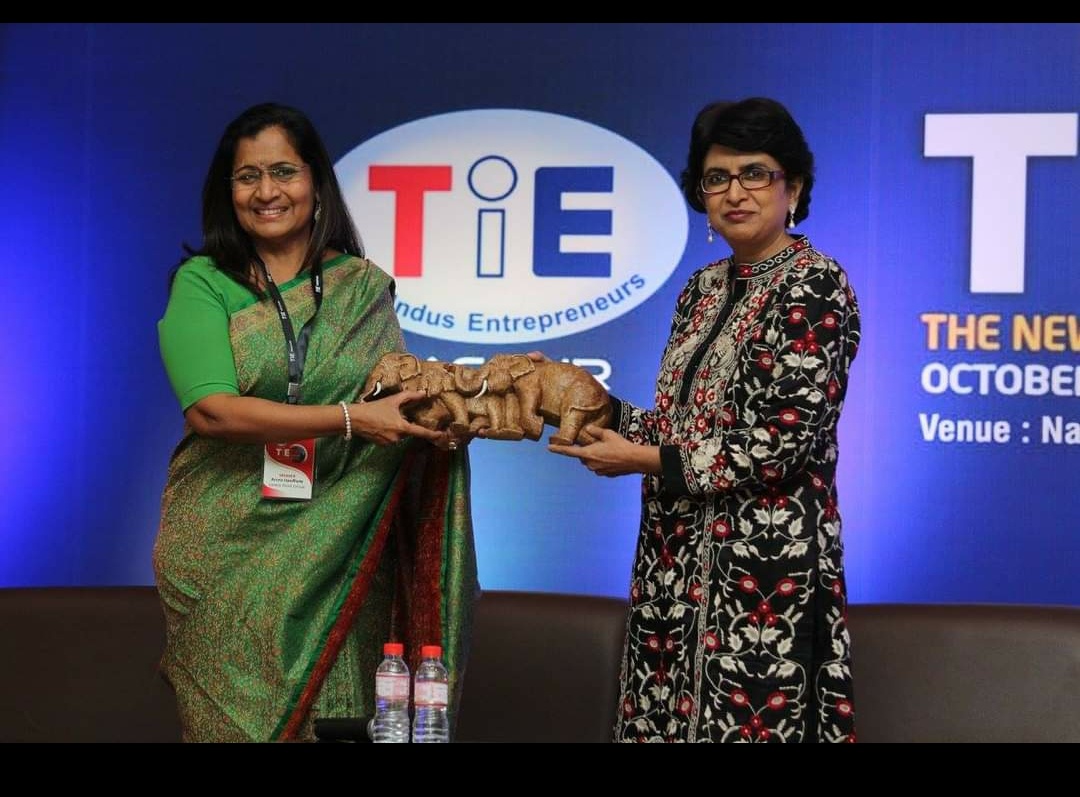“Why not?” instead of “why?”- 3 March 2015.
When Ravikiran and his partner Siddesh started their small engineering company in partnership several years ago, they had a small team which they could motivate easily because of the size of the operations and manpower. That motivation worked very well, and the company made rapid progress. Later on, when the company grew bigger, the two friends decided to engineer a strategic split to form two different companies handling different product ranges. Both the new enterprises were to be under a common umbrella company whose name was not to be public.
Ravikiran was to remain in charge of the original company and Siddesh got the fledgling entity. That also grew fast and the two friends basked in the success for quite many years.
Ravikiran was a tradition-minded person, and kept managing his entity in an old-fashioned manner. The company was growing, and the number of employees soon grew into hundreds. That needed an altogether different approach to human resource management. For, the new manpower coming in regularly on annual basis needed a systematic training and monitoring. Ravikiran sought to achieve through on-job training approach, which had its own limitations. The old manpower could not give a technically correct training to the new one though it could do its given task well.
This resulted into decline in quality standards, and the company started suffering in the marketplace.
Siddesh, however, adopted a fresh approach to his new company’s HR needs. He hired professionals and organised proper training activities. That made a lot of positive difference. In Siddesh’s company, the working environment was of a high quality and harmony, and the technically trained manpower kept producing products of high quality. Thus, in a short time, the new company started getting a good response in the marketplace and profits soared despite recession etc.
Exactly the opposite was happening in the elder sibling, that is, in Ravikiran’s company even though it was known to the market for a much longer period. Because of the declining standards, the profits were sinking and Ravikiran kept becoming more and more jittery.
Therefore, as the matter was discussed in the holding company’s meeting, Siddesh suggested Ravikiran to make a systematic HR arrangement so that the company would start doing better.
Ravikiran, however, was skeptical. He said, “But Siddesh, that needs a lot of money. So, why should I spend that much money if I can have my senior employees do the on-job training?”
To this question, Siddesh asked a counter-question: “Why not, Ravi? Why not? Why are you so adamant? Do you realise that your adamant attitude is costing your company — and our company — dear? So I ask, ‘Why not?’ Think seriously about it.”
Those frank and rather terse words of his friend made Ravikiran think hard and dispassionately. He realised that his company was not making sense at the marketplace because his standards were falling. He also felt that he should use the experience of his friend to spruce up things in his entity.
Of course, the decision came as music to Siddesh’s ears. The two friends got together to introduce systematic HR operations in the senior sibling company. Yes, it did take quite some money. But in just a couple of years, the move started paying off. For, its products were cited for their excellence at an industrial expo. Ravikiran was happy, but not before he had suffered much because of his own antipathy to breaking free from outdated and traditional thinking.
Unfortunately, many enterprises are seen to be suffering from such a dilemma about whether to adopt newer ways or to stick to old ones. In many cases, old thinking prevails, and the companies see their progress stalling. Our industry and business, unfortunately, are terribly slow on uptake of new ideas.









